Beijing is all talk and no action in terms of achieving its net-zero emissions goal.
According to state-run Global Times, Beijing is “all-in” on the greenies’ scheme of carbon trading, too.
“China’s national carbon market, the largest emissions trading system (ETS) in the world, was officially launched on Friday, marking a milestone for the nation’s institutional innovation in pushing ahead green development and a crucial step for the country to decarbonize its economy by 2060,” the report said.
Since that grand announcement, there have been many articles in Chinese state media singing the virtues of communist China’s grand march to a green future.
• “China open to work with US on Paris Agreement” • “The time to take climate action is now” • “Green is gold—Xi Jinping innovates fight against climate change” • “Green path will lead to carbon neutrality” • “Formulation of carbon plan gaining speed” • “Analysts hail Xi’s climate commitments”
On Jan. 7, the latest China Daily agitprop claimed that China is the No. 1 publisher of net-zero emission studies in the world.“China has a clear lead in the publication of research over the past two decades related to the world’s climate goal of reaching net-zero emissions, a recent report has found. ... China produced about 400,000 related publications, followed by the United States with 280,000,” according to the report.
But is the CCP really serious about achieving carbon neutrality and net-zero emissions, or is this just another one of their head fakes? And are all of those Chinese studies worth anything in terms of concrete actions taken?
Two definitions are in order to frame the answer to those questions:
This is another green euphemism premised on the unproven theories surrounding “anthropogenic global warming.”
Carbon neutral and net-zero emissions are political tools that green energy advocates are using to deregulate the economy and create new revenue streams associated with the buying and selling of carbon credits—as part of a grandiose carbon trading and exchange system that will be managed by “green governments” around the world.
The concept is that “dirty industries” (for example, those whose manufacturing byproducts include carbon dioxide and other designated “greenhouse gases”) will be heavily regulated. These industries will be forced to buy carbon tax credits on the exchange from green industries that underproduce their government allotment of greenhouse gases, in order to offset their government-defined “pollution.”
Companies are financially incentivized (for example, subsidized with taxpayer money) to reduce their emissions below their carbon allowances. Over time, this would allow governments to tip the balance in favor of green industries.
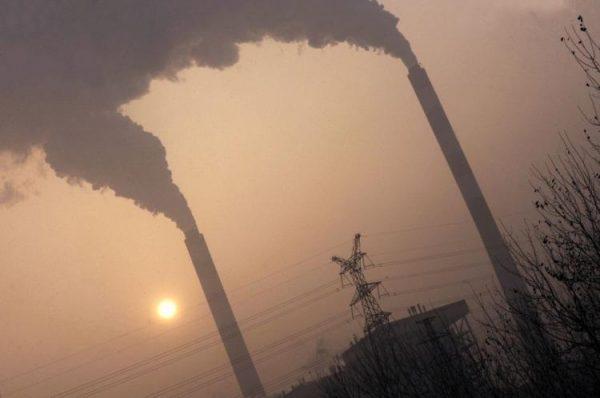
But is this just window dressing that masks China’s real green objectives?
The Institute made the following key points: 1) Beijing’s seriousness about reducing emissions is not manifested in its latest five-year plan, which contains no concrete goals or actions required to reduce carbon dioxide emissions; and 2) the Paris Agreement gives China (and India) a “free carbon ride” for the near term, while China is, in fact, rapidly increasing carbon dioxide emissions.
Meanwhile, European countries and the United States are required to achieve real emissions and reductions goals under the Paris Agreement, further burdening their economies through green regulations while China remains free to expand and pollute.
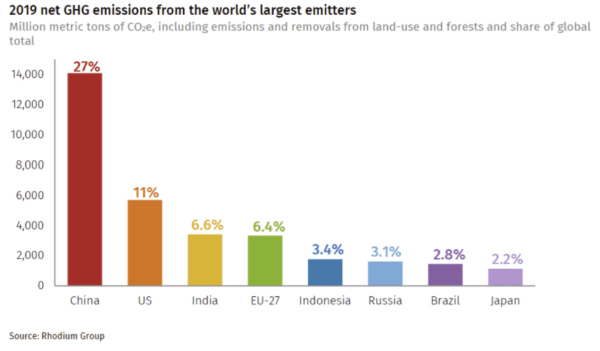
China’s 2019 GHG emissions represent a 25 percent increase from 2009—the trend coincides with the evolution of China’s National Carbon Market and ETS described above.
In short, the impact on emissions and the plan to achieve carbon neutrality of the Chinese ETS has been negligible. We now know what “net-zero emissions with Chinese characteristics” really means.
Zero emissions with Chinese characteristics would appear to obfuscate the expansion of Chinese energy production, too. Despite being the world’s largest carbon emitter, China commissioned more coal-fired capacity in 2020 than the rest of the world retired.
Only Western greenies and politicians believe the CCP’s propaganda that China will achieve “net-zero emissions” by 2060.
Lastly, it is important to remember that Western green activists don’t limit their advocacy to “stopping global warming.” Their interests include halting pollution of all kinds and protecting the environment in all respects. The CCP’s green focus on climate change has been primarily because there’s big money to be made in producing the green technology components that are needed by the rest of the world, including batteries, solar power panels, and electric vehicles. The CCP is interested in making money rather than “protecting the environment” (and “stopping man-made global warming”).
Perhaps that’s the reason why the CCP and its media never discuss the following environmental problems in China:
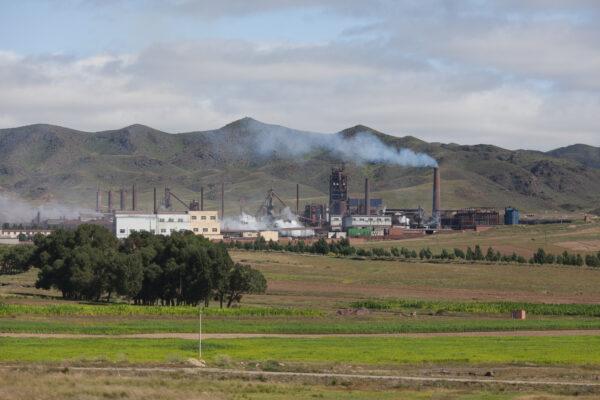
Conclusion
Xi Jinping and his stenographers in Chinese state media grandly advertise China’s goal of achieving “net-zero emissions” by 2060. Chinese researchers are feverishly turning out zero-emissions studies and white papers. But China continues to lead the world in building coal-fired energy plants while ignoring other challenging environmental pollution problems that are leading to the deaths of Chinese citizens, and investing in green technology development and manufacturing for monetary gain.Words versus actions. Net-zero emissions with Chinese characteristics.
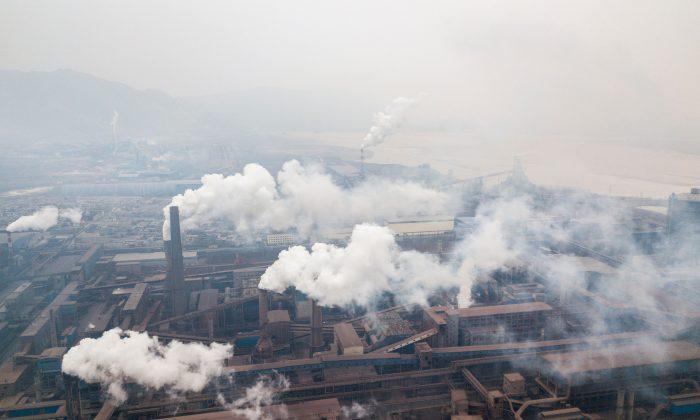

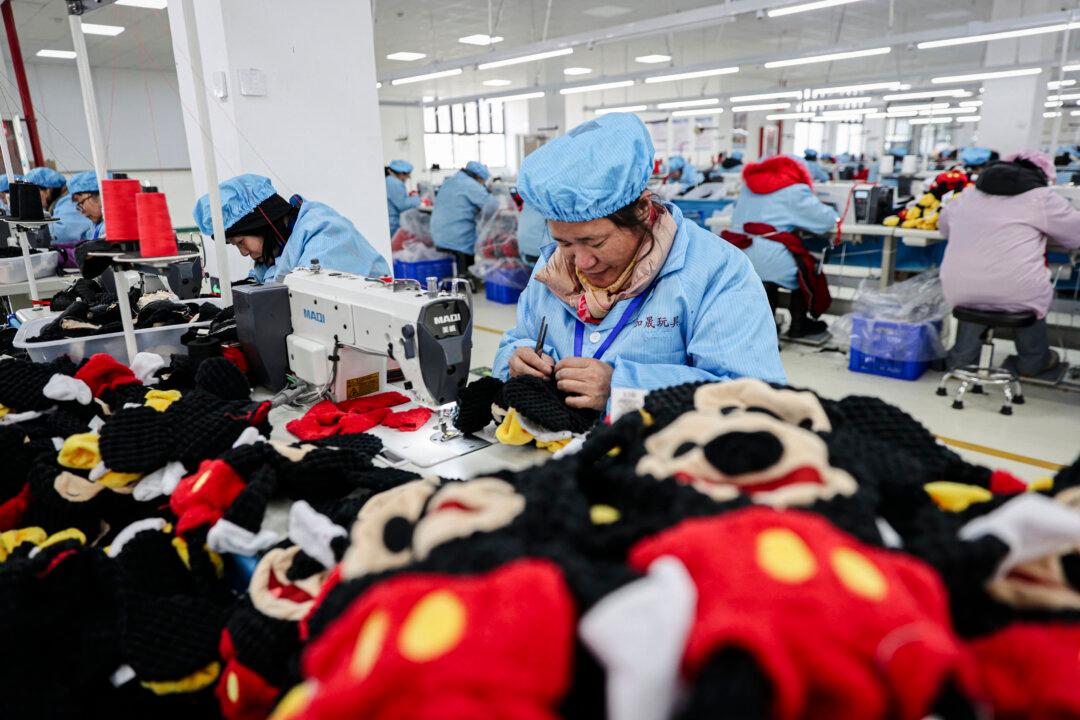
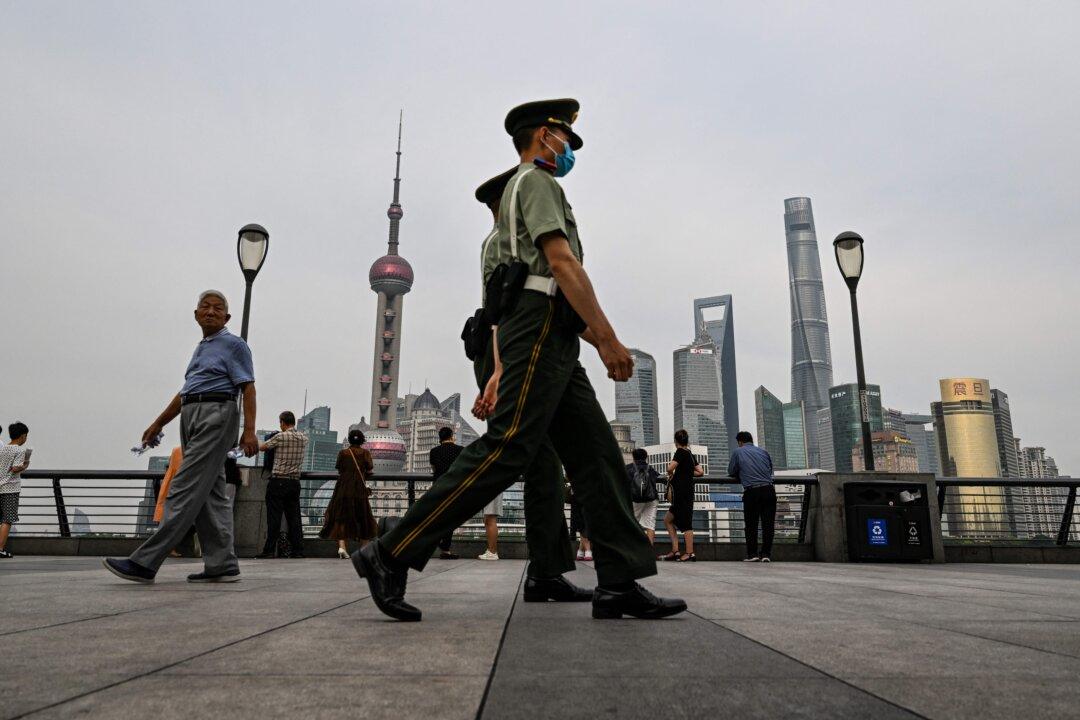
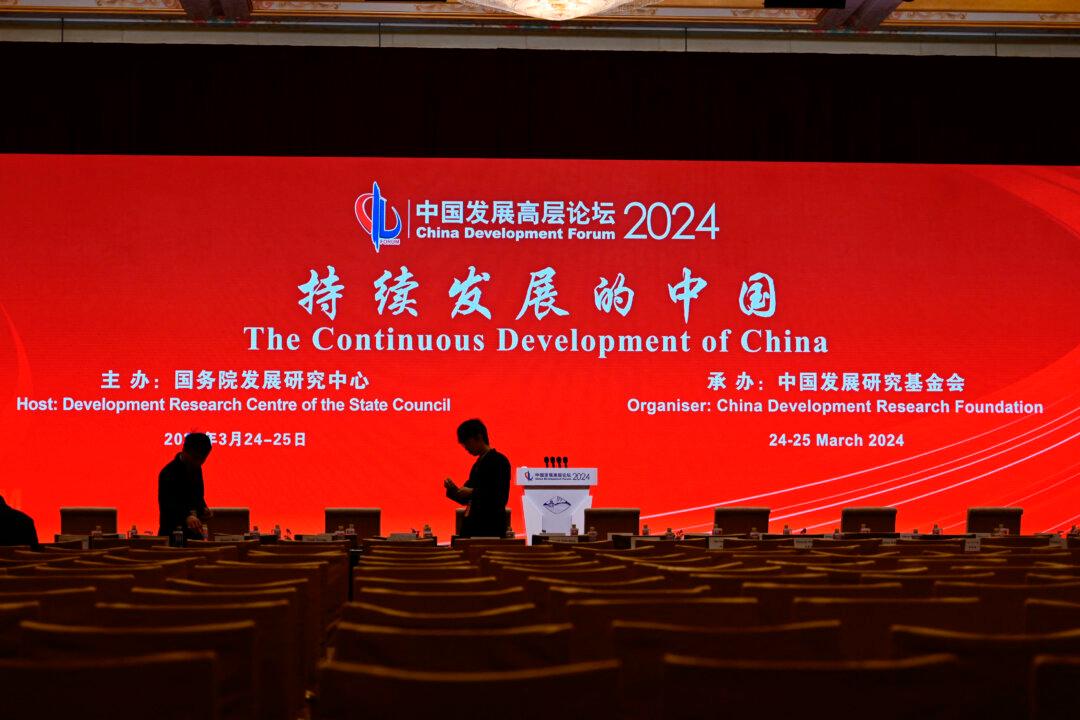

Friends Read Free